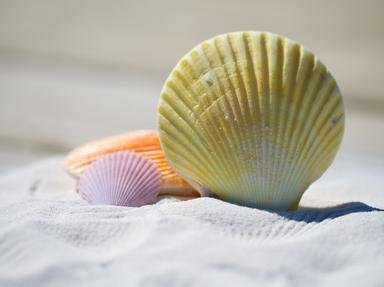
I am the Mollusc Trivia Quiz
The Mollusca phylum is the second-largest invertebrate phylum, after Arthropoda. They are quite diverse, but almost all have a soft muscular body, and most have a shell (internal or external). Can you spot the molluscs hiding among these invertebrates?
A collection quiz
by looney_tunes.
Estimated time: 3 mins.
- Home
- »
- Quizzes
- »
- Animal Trivia
- »
- Invertebrates
- »
- Mollusks